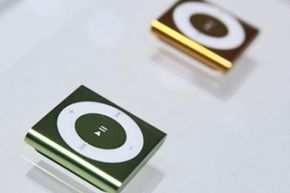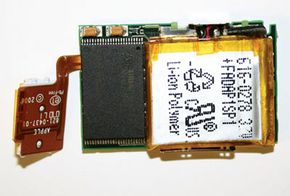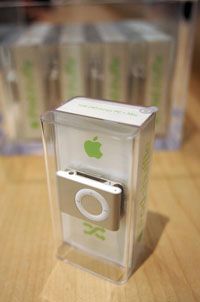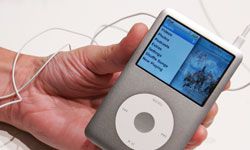Some iPod owners can be very picky. They like listening to their albums from beginning to end. Any skipping around from one track to another will ruin the experience and force the listener to start over or give up altogether. They may spend hours organizing their iTunes library, making sure everything is in perfect order.
Many others aren't so fussy. A simple playlist, filled with randomly chosen songs and uploaded in seconds, will suffice for a morning run. Even better is the shuffle feature, which is designed to randomly select the songs from your iPod or iTunes library and play them back in whatever order they come. It's like a nice surprise at the end of each song -- your very own personal radio station that plays everything you like because, well, it's your music.
Advertisement
Apple must have realized that many people enjoyed the shuffle function on their iPods, and the company tapped into the pleasure of the unexpected in 2005 by introducing the appropriately named iPod Shuffle. It's the budget model in Apple's iPod lineup, designed to take songs from a listener's library and play them back randomly.
The Shuffle isn't just the cheapest iPod; it's also the smallest. The first generation of the iPod Shuffle was about the size of a pack of gum and very similar in appearance to a memory stick -- indeed, after removing one end of the stick, the Shuffle could be inserted into a computer's USB drive and updated quickly. With no display and only five buttons, it held either 512 MB or 1 GB of music, and the smaller model was the first iPod less than $100.
The latest version of the iPod Shuffle is even smaller. It weighs only 0.55 ounces (15.6 grams), is 1.07 inches high and 1.62 inches wide and is only 0.41 inches thick. It's marketed by Apple as "wearable," since it's built with a clip on the back so listeners can wear on sleeves, collars or belts. Two models are available -- 1-GB models that hold 240 songs and cost $49, and 2-GB models that hold 500 songs and cost $69.
So how does an iPod Shuffle work? What does it look like on the inside? And just how random is iTunes? Shuffle over to the next page to find out.
Advertisement




